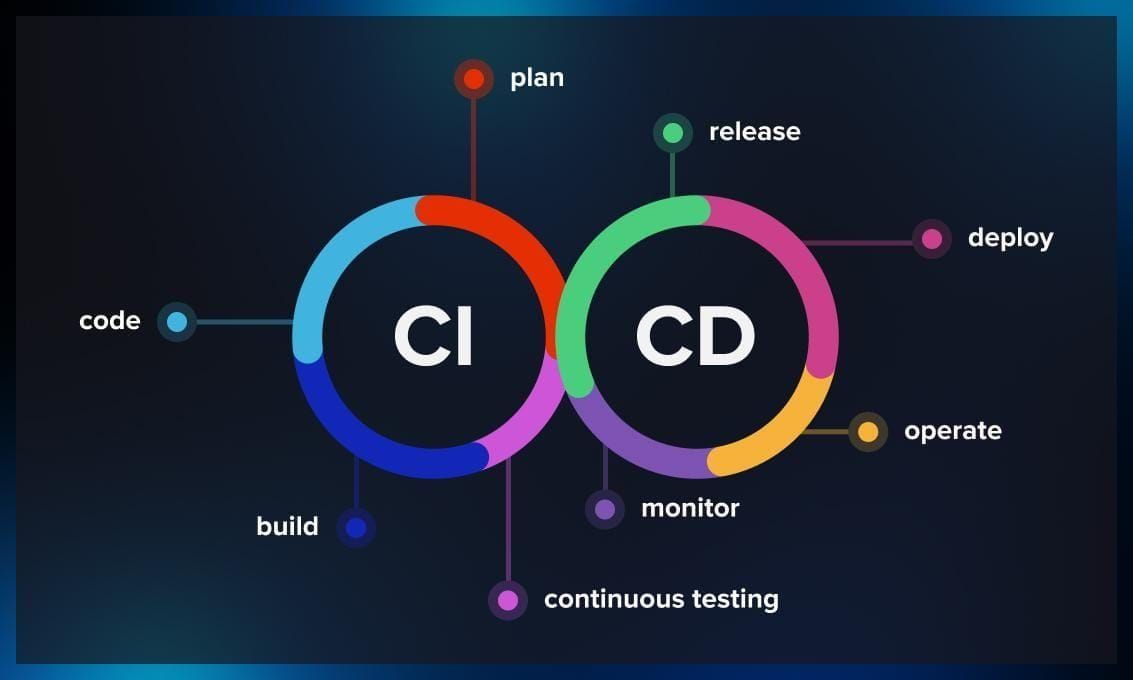In the realm of software development, speed and quality often clash like rival kingdoms. But what if we could bridge these worlds, delivering high-quality code at a rapid pace? Enter the champions of this quest: continuous testing and deployment (CT/CD), a dynamic duo transforming how we build and release software.
Shifting Left, Righting Wrongs: The Core of CT/CD
Imagine a waterfall where every drop is a test. Traditional testing often happens at the end of development, like a waterfall’s final plunge. CT/CD shifts this waterfall left, integrating testing early and often throughout the development lifecycle. This paradigm shift brings significant benefits:
Early Bug Detection
By identifying and fixing issues as you code, you prevent them from cascading into costly downstream problems, reducing rework and delays.
Faster Feedback Loops
Continuous testing provides rapid feedback on code quality, allowing developers to course-correct quickly and make informed decisions, accelerating the development process.
Automated Deployment
CT/CD pipelines automate the deployment process, eliminating manual steps, reducing errors, and enabling frequent, reliable releases.

Key Trends Shaping the CT/CD Landscape
1. Shift-Left Testing
– Unit testing, integration testing, and API testing are moving earlier in the development process, catching bugs closer to their origin.
– Developers are increasingly writing tests alongside code, embracing a “test-driven development” approach.
2. Test Automation
– Automated testing tools are essential for executing tests quickly and efficiently, supporting continuous testing practices.
– AI-powered test generation and self-healing tests are emerging to automate test creation and maintenance.
3. Cloud-Based Testing
– Cloud platforms offer scalable, on-demand testing infrastructure, enabling parallel test execution and reducing testing costs.
4. DevOps Culture
– CT/CD thrives in collaborative environments where developers and operations teams work together to automate and streamline the software delivery process.
5. Observability
– Real-time monitoring of application health in production provides valuable feedback for testing and identifying potential issues early.
Challenges to Embrace
1. Culture Shift
Adopting CT/CD requires a change in mindset and practices, prioritizing testing throughout development.
2. Tooling Complexity
Integrating and managing multiple testing tools and pipelines can be complex.
3. Data Quality
Effective testing relies on high-quality test data that mirrors real-world scenarios.
4. Security Considerations
Automated deployments demand robust security measures to prevent unauthorized changes and vulnerabilities.
Navigating the Rapids of CT/CD
1. Start Small and Iterate
Begin with a few key tests and processes, then gradually expand your CT/CD scope.
2. Foster Collaboration
Break down silos between development and operations teams to ensure alignment and shared ownership.
3. Invest in Training
Equip your team with the skills and knowledge to implement and maintain effective CT/CD practices.
4. Choose the Right Tools
Select tools that seamlessly integrate with your existing infrastructure and development processes.
5. Measure and Improve
Continuously monitor your CT/CD pipeline’s effectiveness and make adjustments as needed.
The Future of Quality at Speed
As software development accelerates, CT/CD will become increasingly crucial for delivering high-quality software at a rapid pace. By embracing its core principles and navigating its challenges, organizations can forge a path towards a future where quality and speed go hand-in-hand, like a well-balanced symphony.
















Add Comment